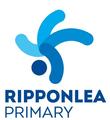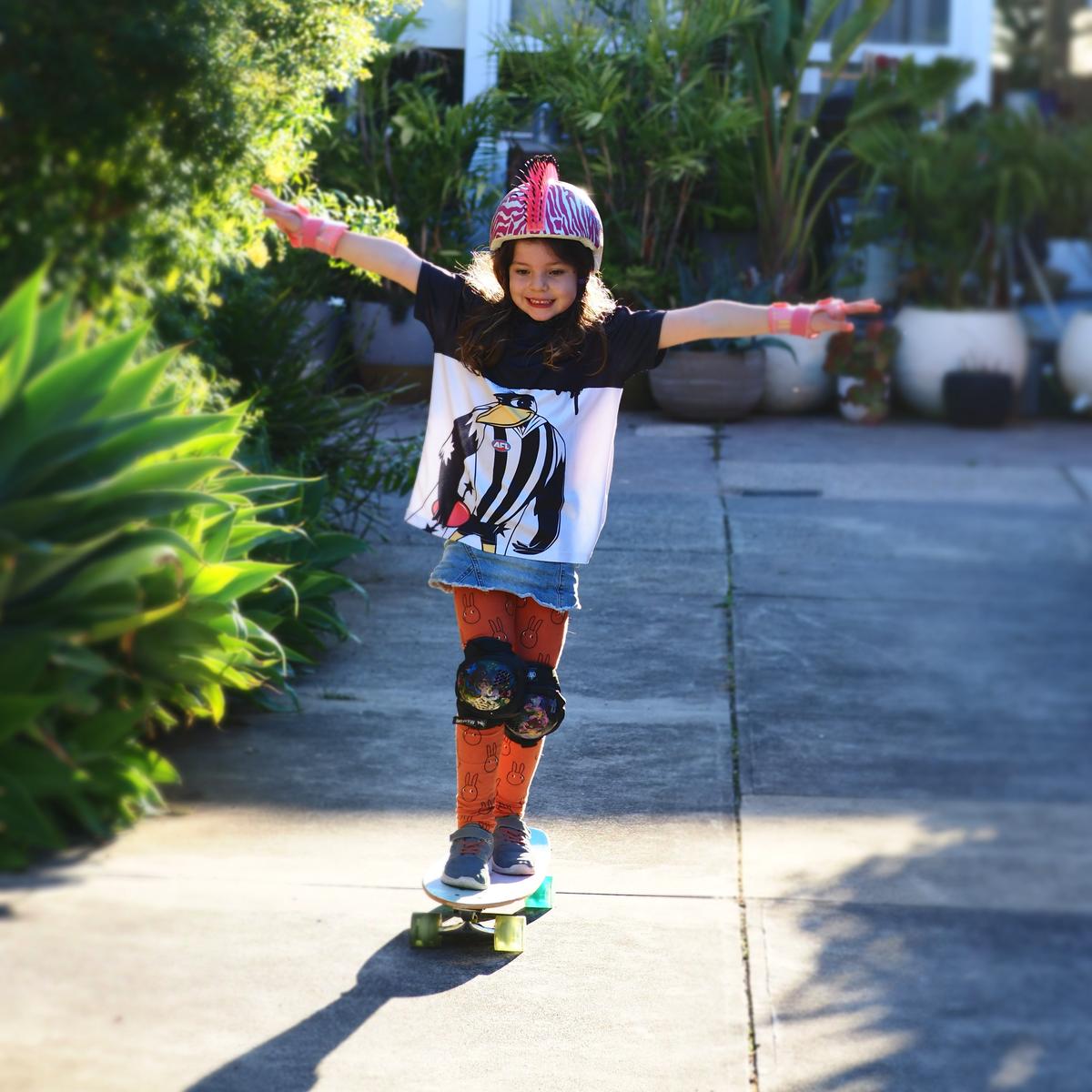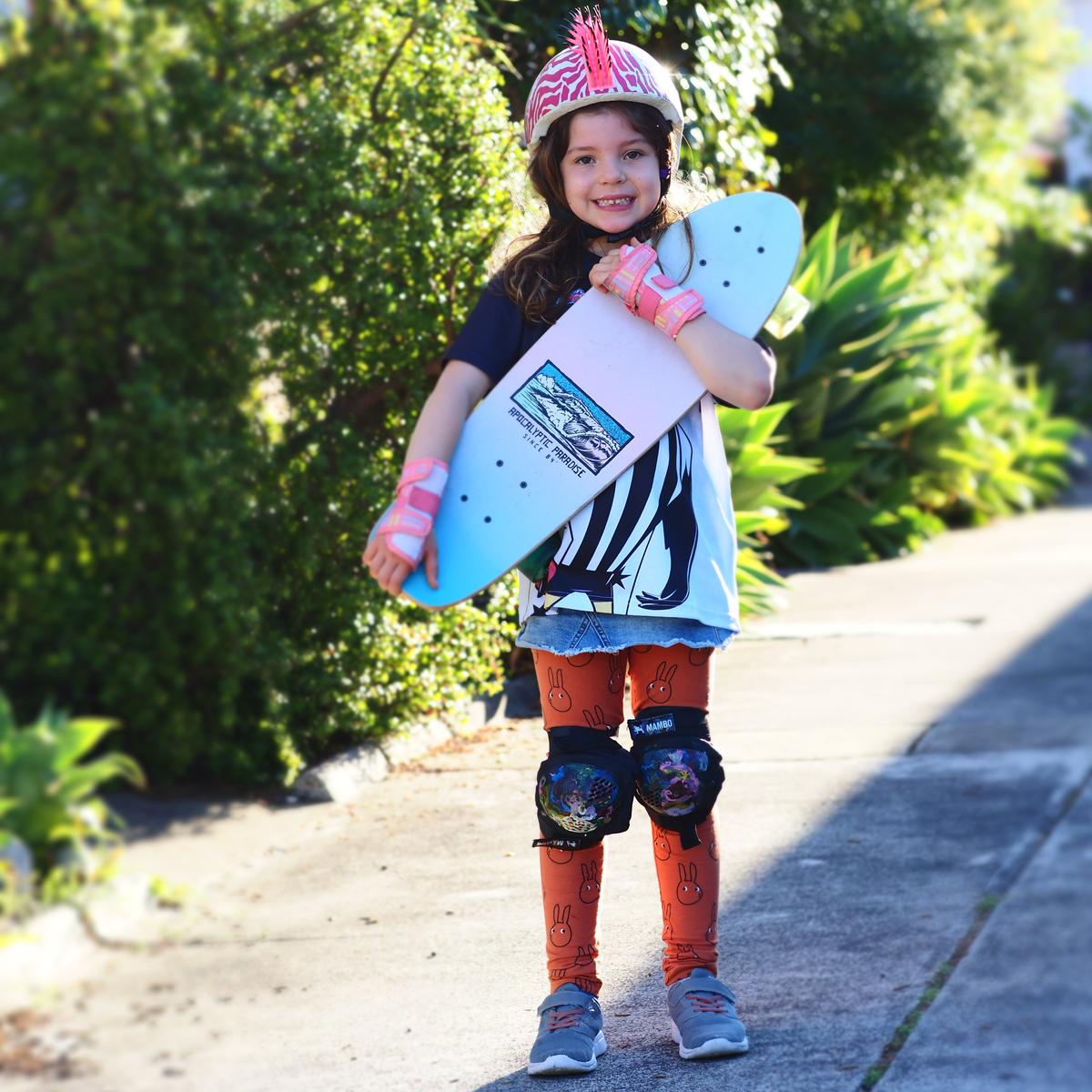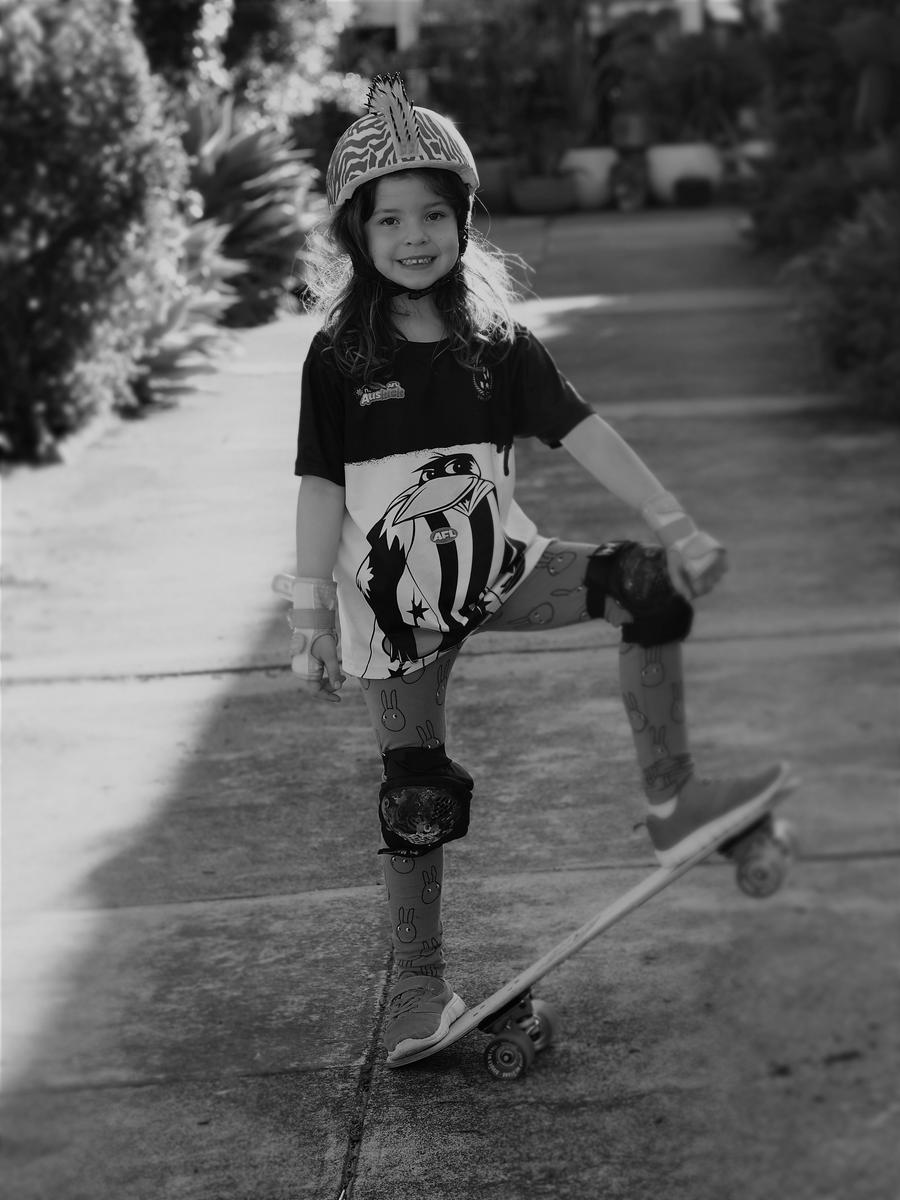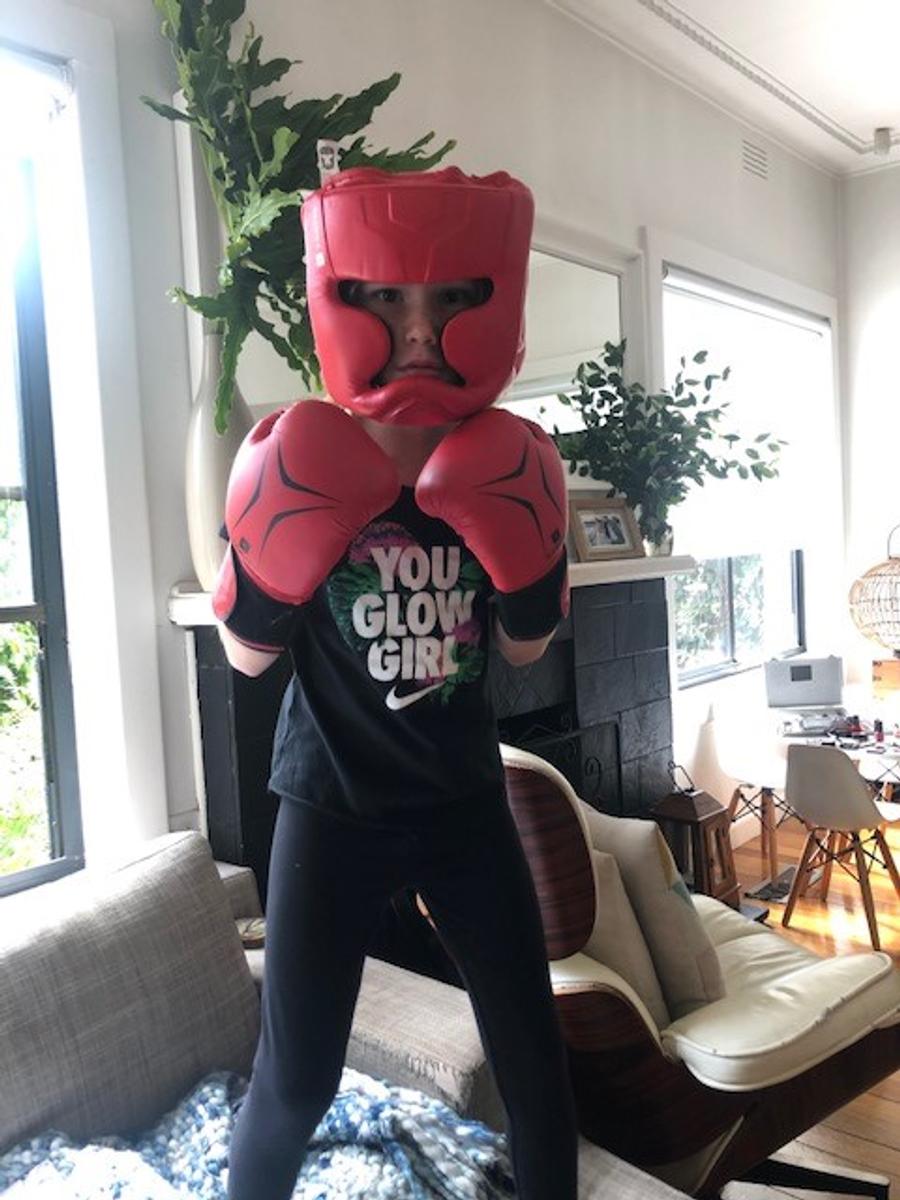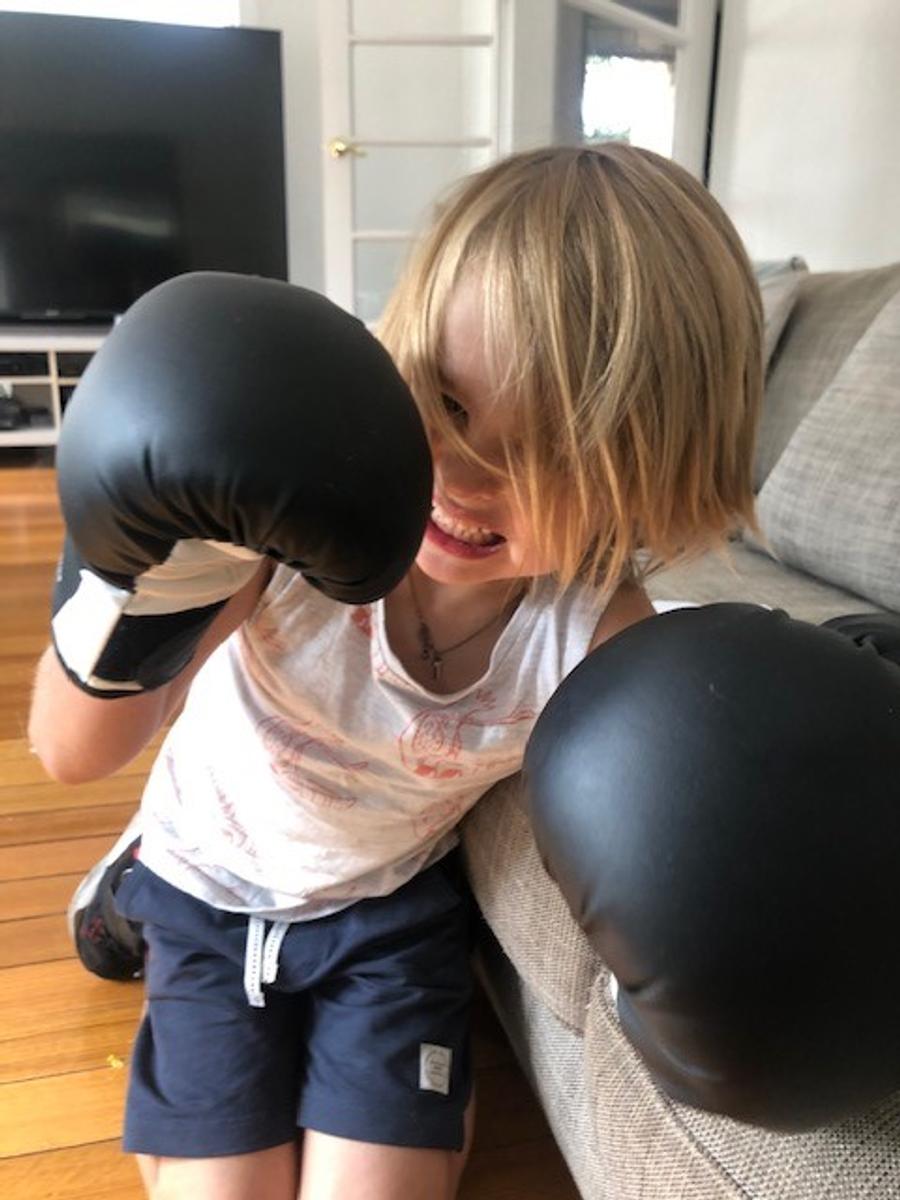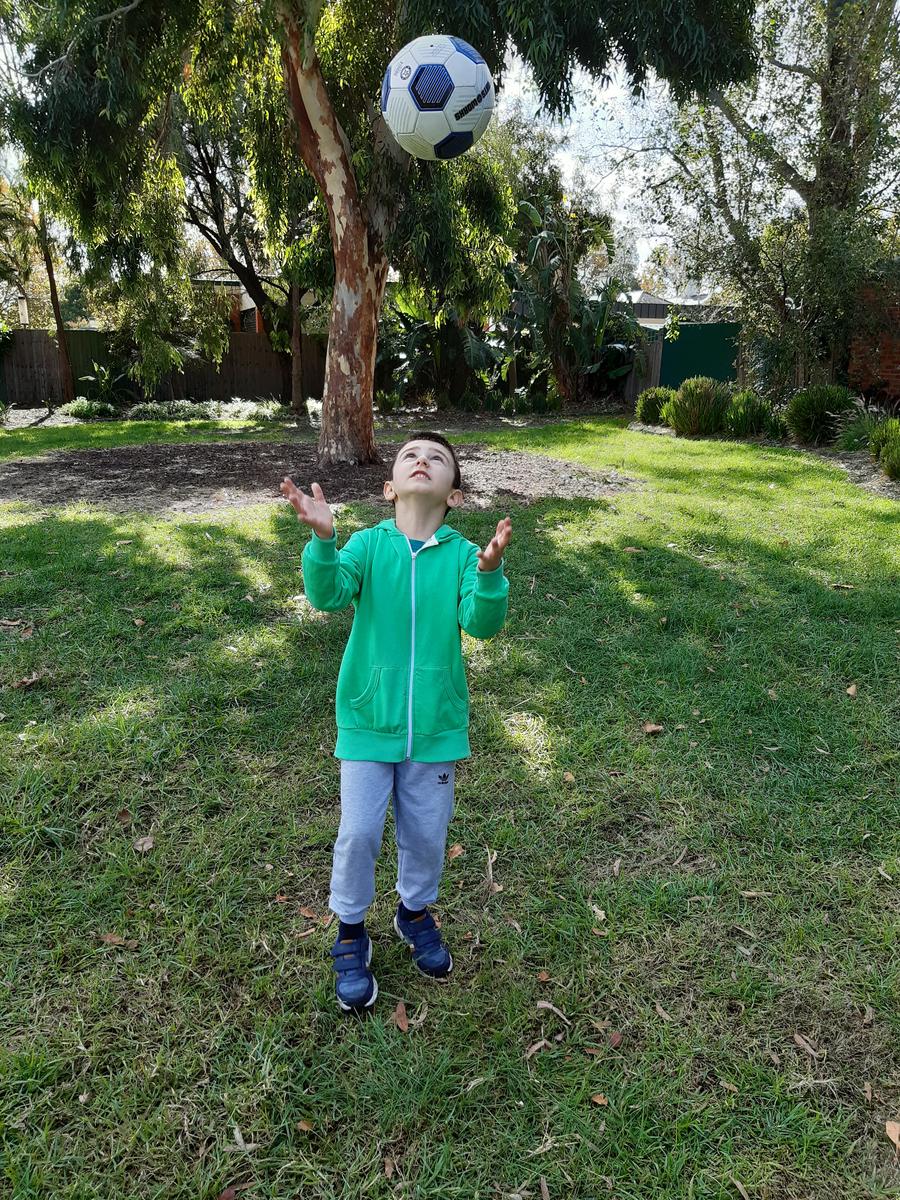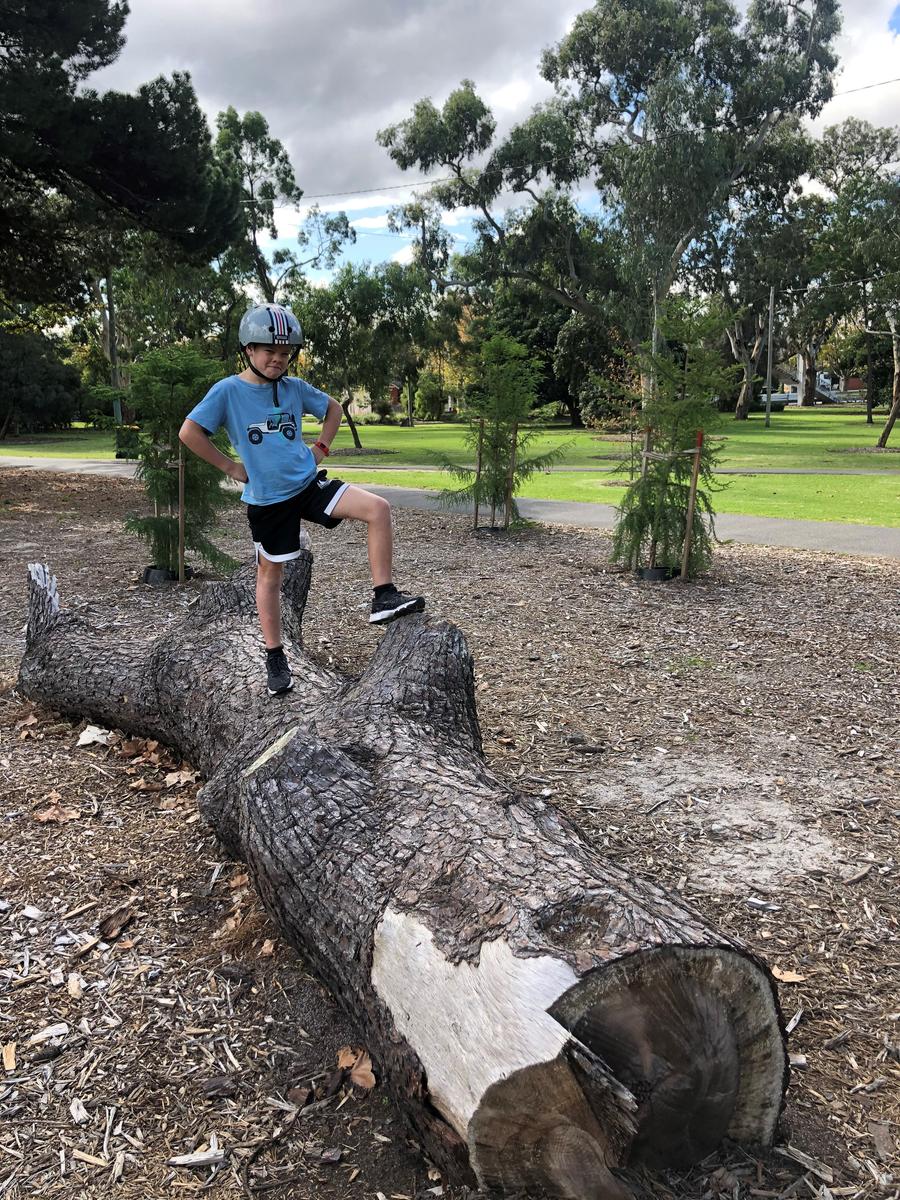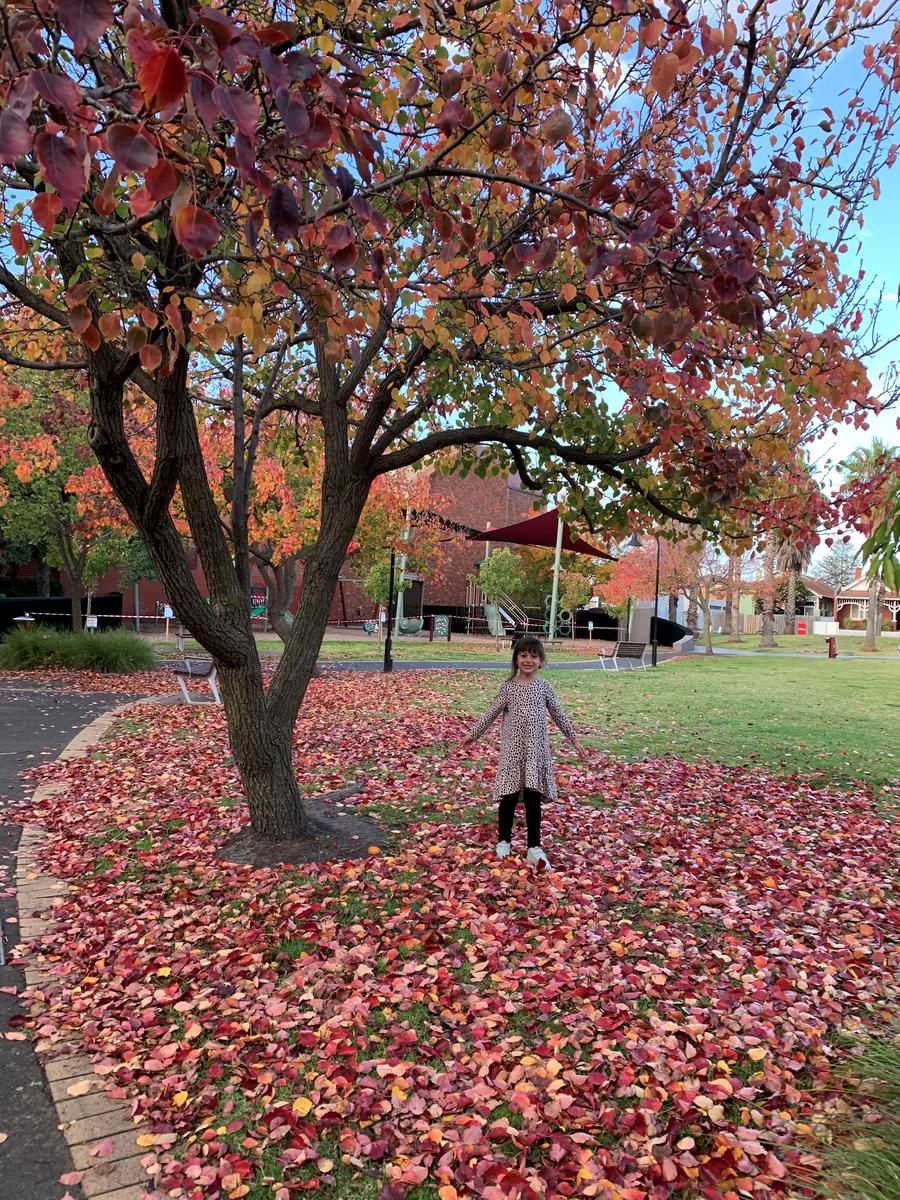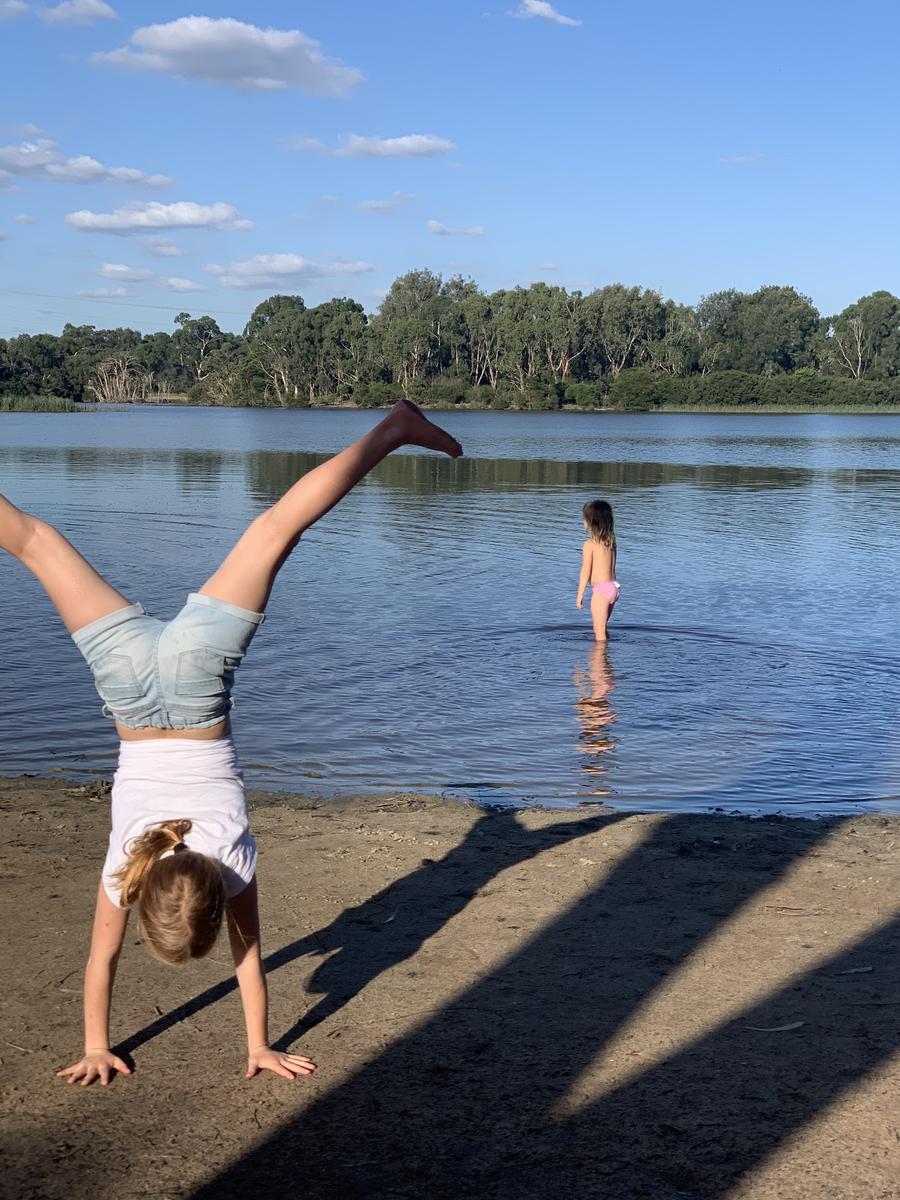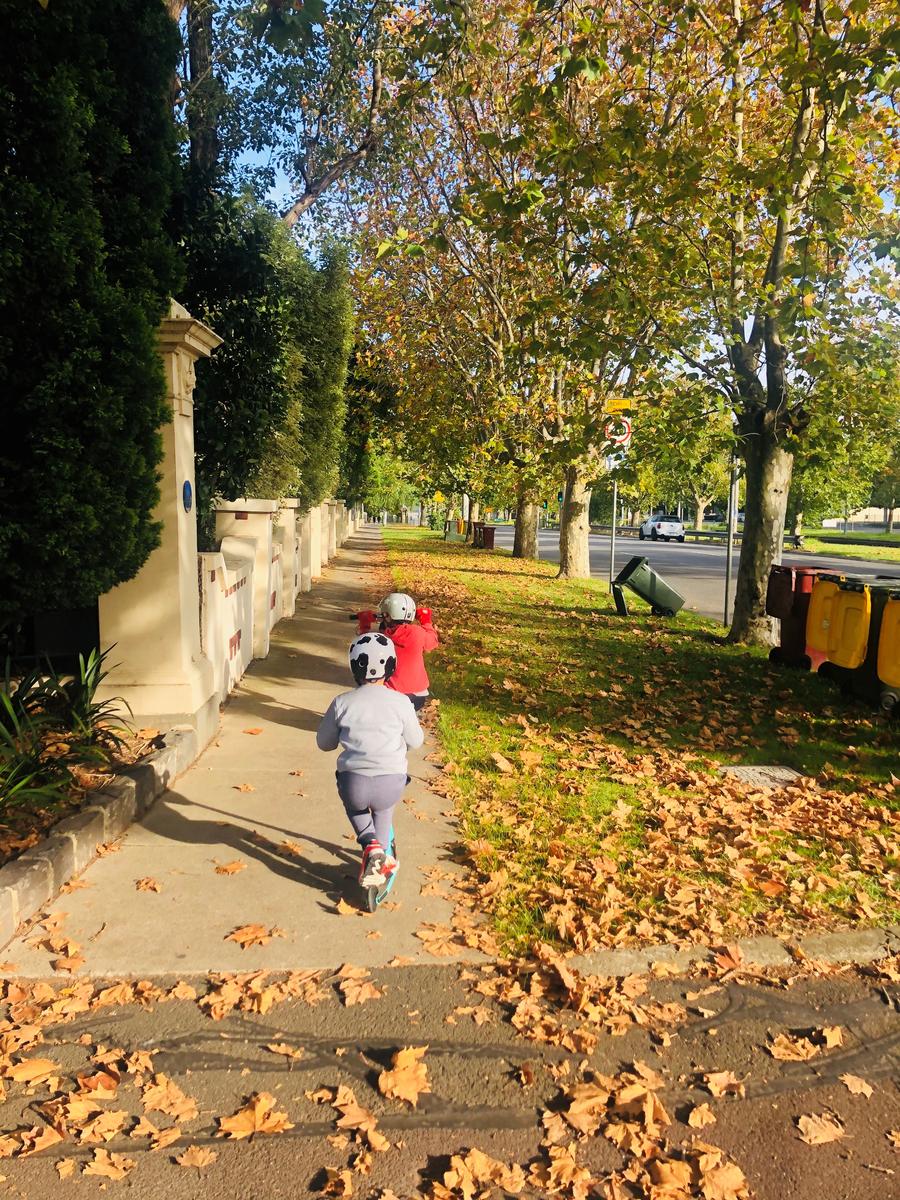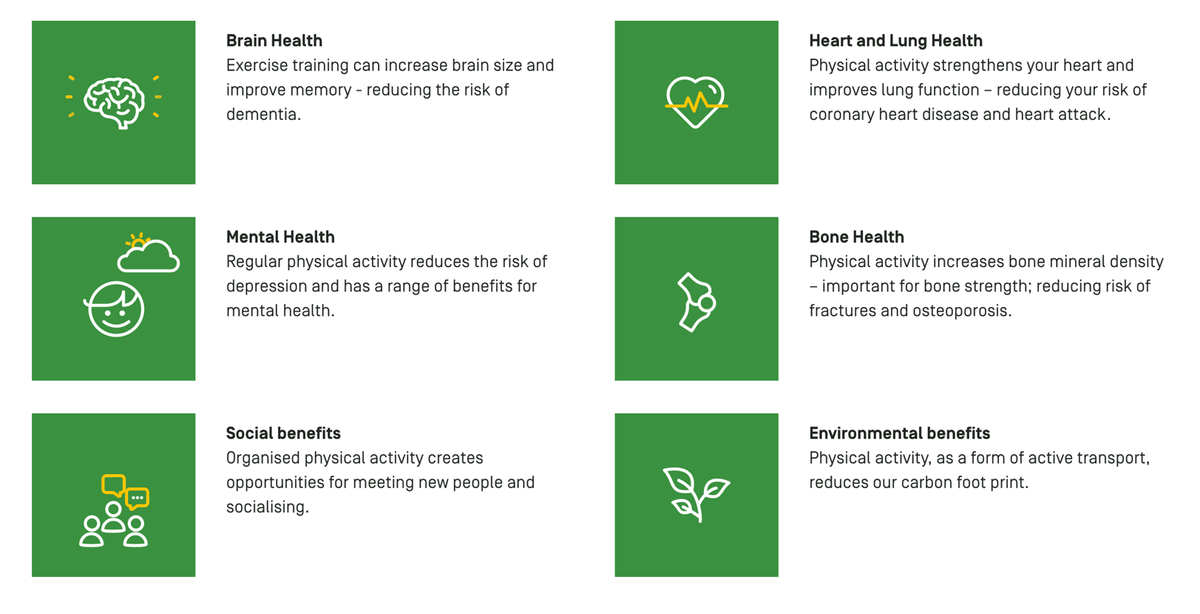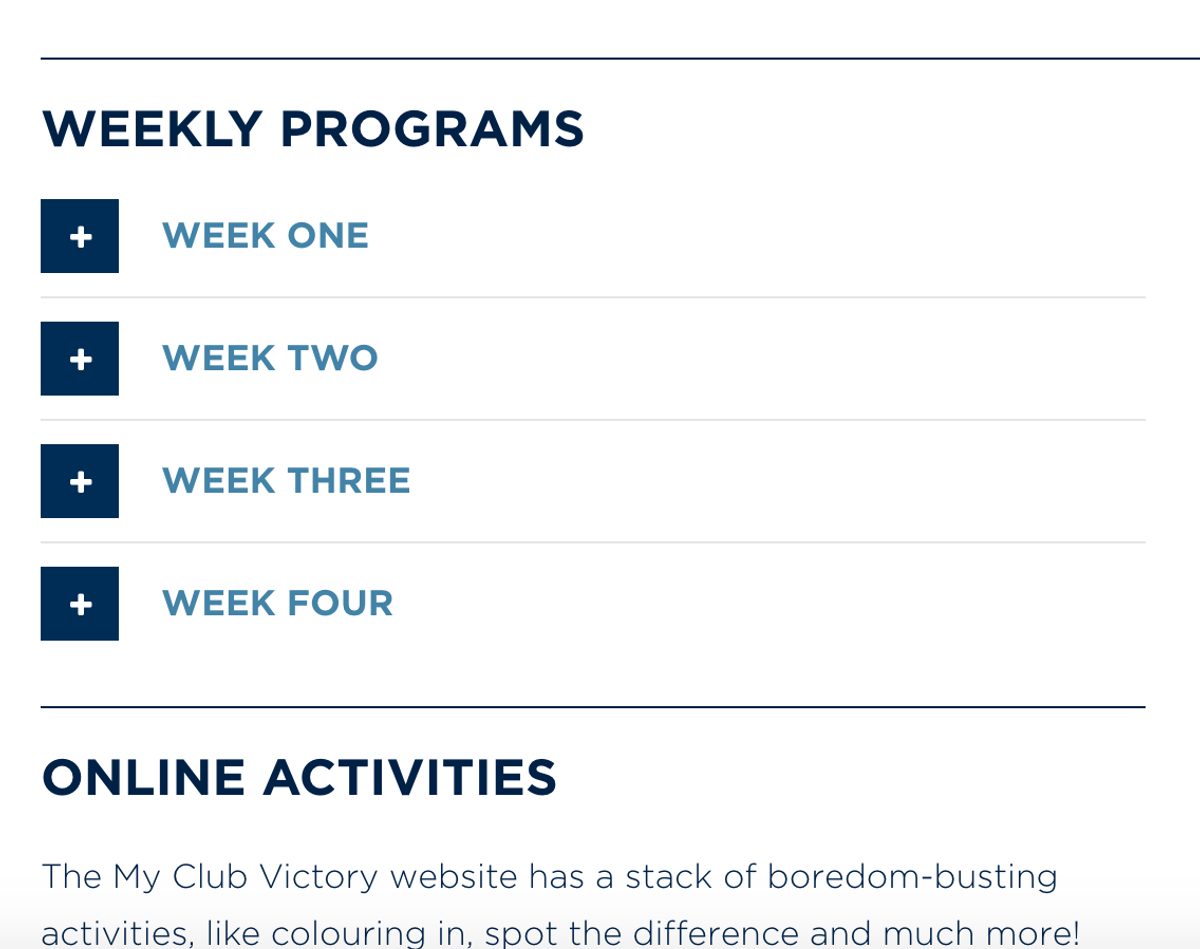Physical Activity
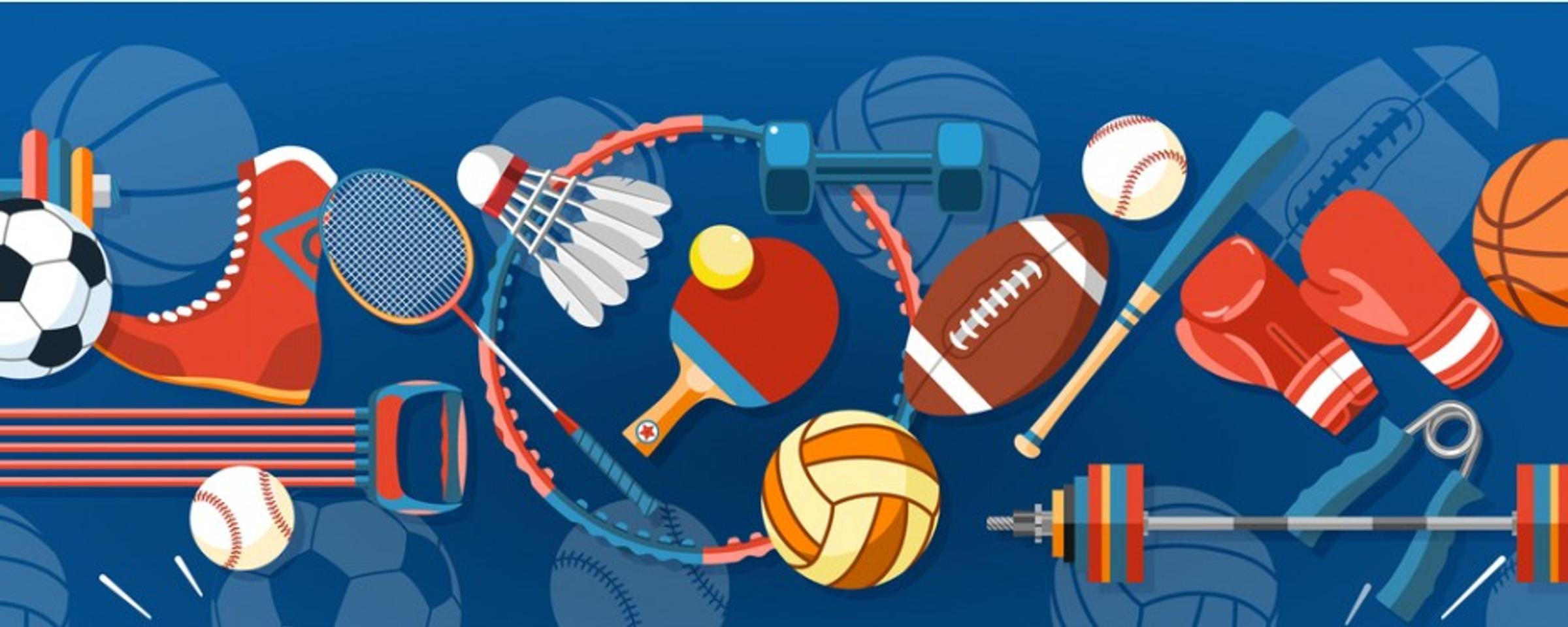
LET THE GOOD TIMES ROLL
During ISO and remote learning I have been learning new sports for fun and fitness, my fave new sport is skateboarding. Dad has taught me to skate in our driveway and I'm using all the safety gear to protect me from injury. When the skate park opens I want to try that out.
I'm also climbing trees, exploring rock pools for shells and critters and going on lots of long (boring) walks with my family.
Lots of love and missing you all,
Written By: Bilijana 1/2 A
FLOAT LIKE A BUTTERFLY STING LIKE A BEE
- Lily 3/4 B & Tex Foundation A
LIVE, LOVE, YOGA
- Ruby Foundation B
HIT IT OUT OF THE PARK
Who has been enjoying good exercise and lots of sunshine?
MISS JO'S HELPFUL ACTIVE TIPS
Children should accumulate at least 60 minutes of moderate to vigorous intensity physical activity every day. This is backed up by advice from the Department of Health, the Heart Foundation, Betterhealth, the Australian Medical Association and more.
What is moderate to vigorous activity?
Exercise intensity is defined as the magnitude of the effort required to perform an activity or exercise. It can be thought of as "How hard a person works to do the activity". Obviously, this is variable from one individual to the next based on their fitness levels; however as a guideline:
- Moderate exercise might be: brisk walking, dancing, playing a sports game.
- Vigorous exercise might be: running, fast cycling, competitive sports and fast swimming.
The key difference here is from BRISK to FAST. The symptoms to note here might be ‘faster beating of the heart, breathlessness, feeling hot and thirsty’.
Why is physical activity so important?
- Sport Australia sums this up pretty well:
Sport Australia has published some great resources on how you can find at least 30 minutes of exercise with some great challenges that can be used at home. Check out the Tiny Trainers Challenge cards here.
It is important to note that often this is easy when students are at school; taking part in active play, P.E. and additional movement opportunities at school, as well as their sporting commitments outside of school.
However, in our current circumstances when these opportunities are very limited, WE MUST continue to move daily. As this is more important than ever, in recognition of the above, and to prevent illness and issues later in life, I have had requests for some of the activities that I have created during this time to be shared permanently with our community.
I am so pleased that we are valuing the importance of movement on the social, emotional, psychological and physiological benefits for our children. The latter is referenced to as physical literacy and I encourage you to read here for more information.
Find below links to Jo’s activities that you may wish to use as brain breaks, energisers, re-sets and to contribute to your daily 60 minutes of exercise. Most importantly adapt to your needs, have fun moving and celebrate these movements with your children.
Years F-2 Appropriate | Years 3-6 Appropriate
|
In addition, Melbourne Victory have created an online train at home portal for soccer. As this is very much in line with our kicking focus for F-2, please check out some of their great videos for practice. They are nicely differentiated to suit, so are also suitable for our Grade 3-6 students.
Click here - Melbourne Victory
- Scroll down to weekly programs to access
